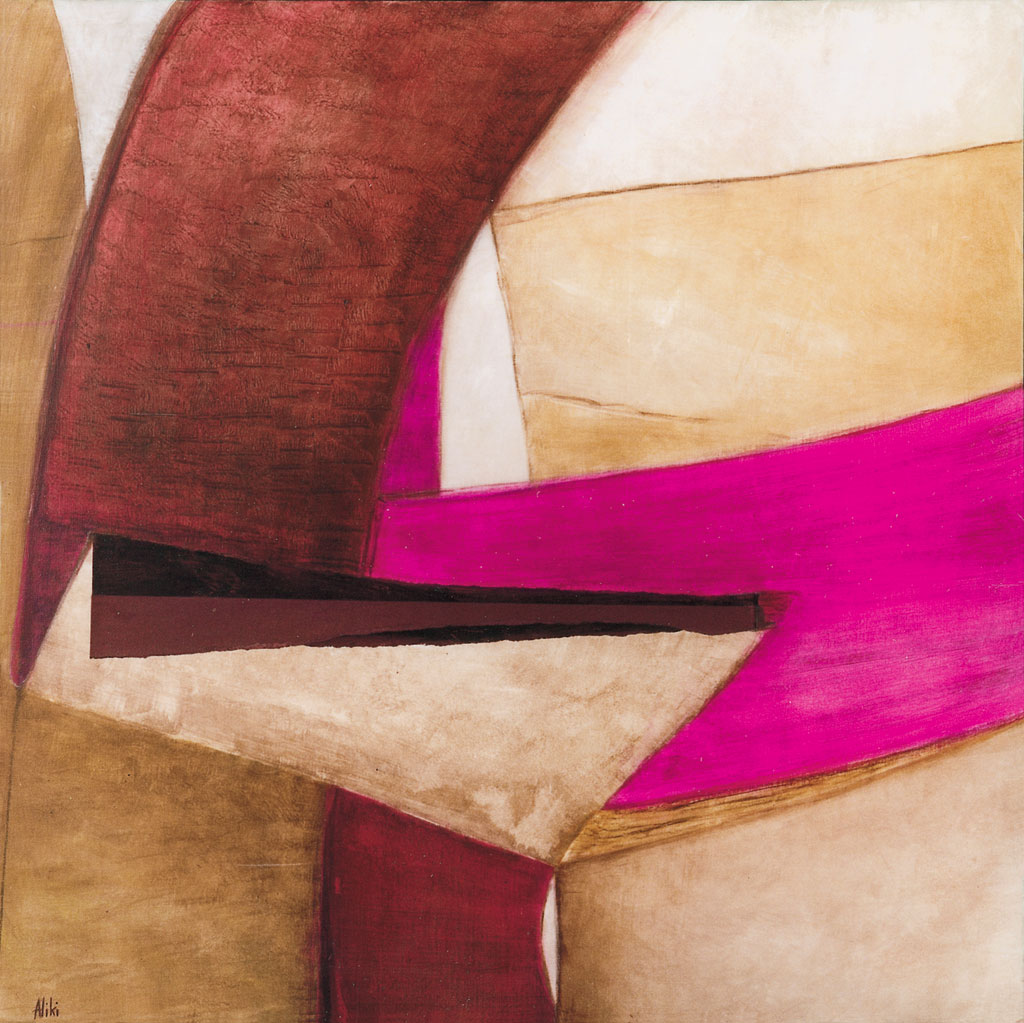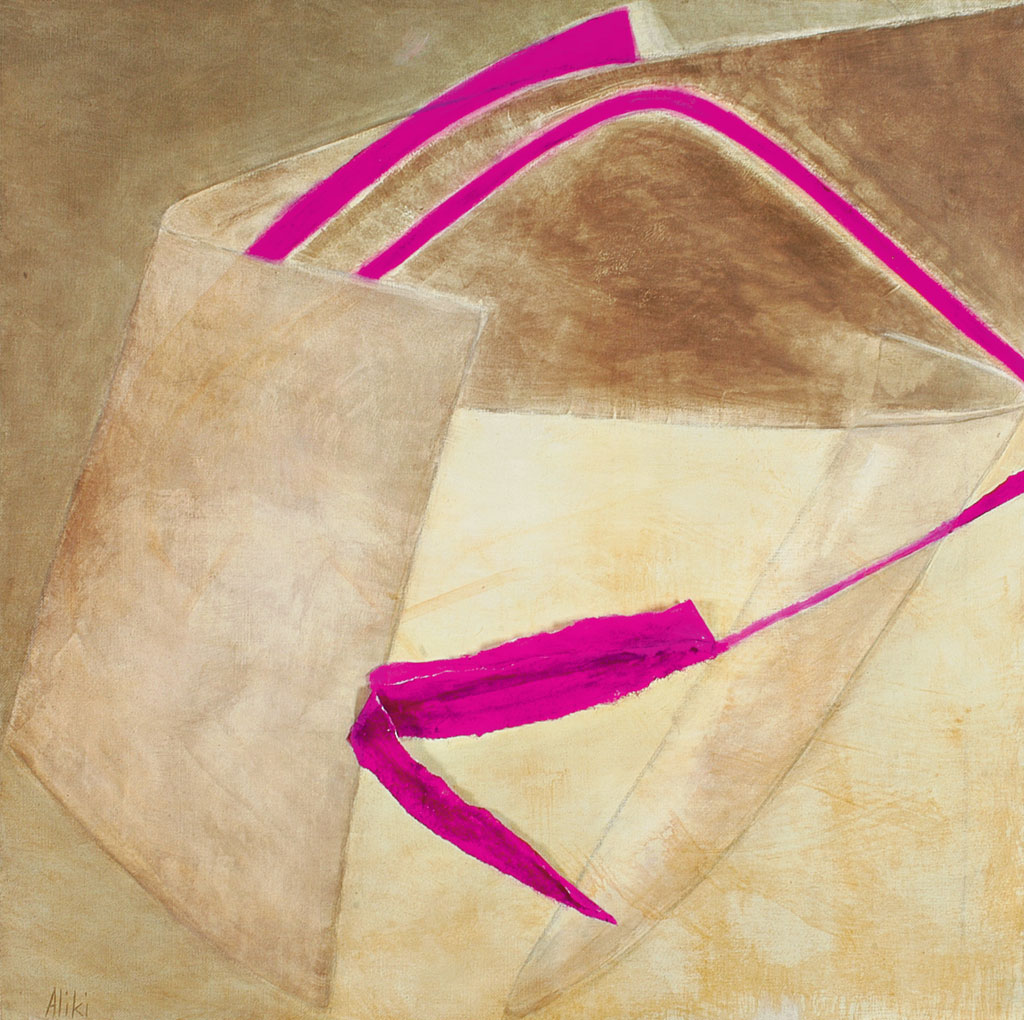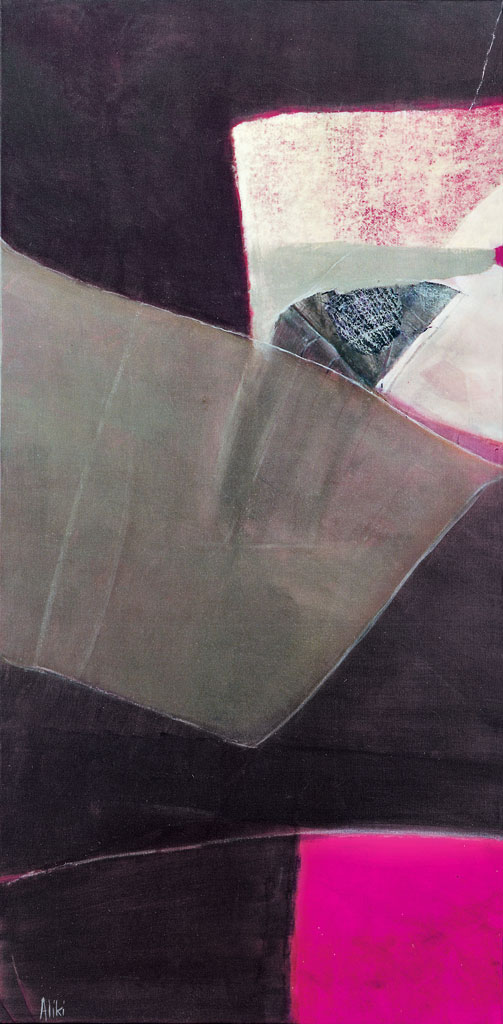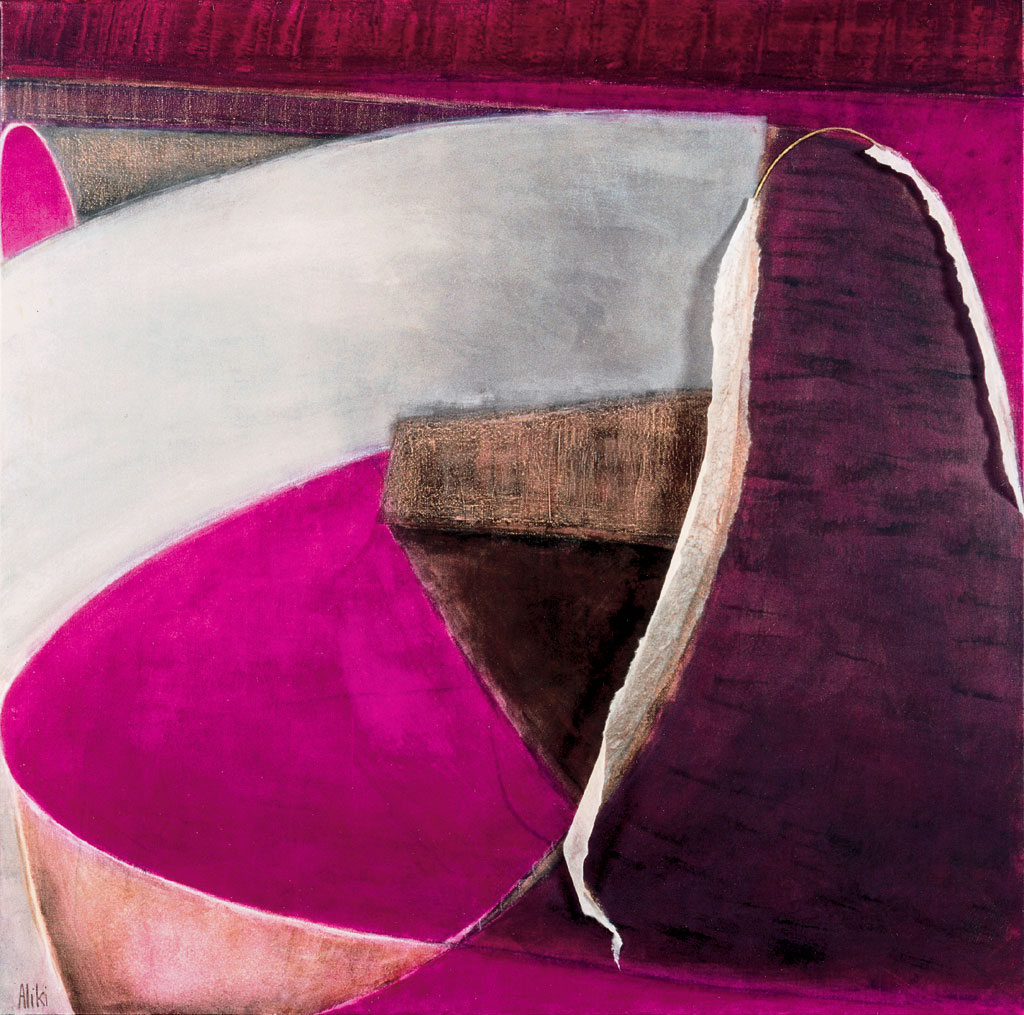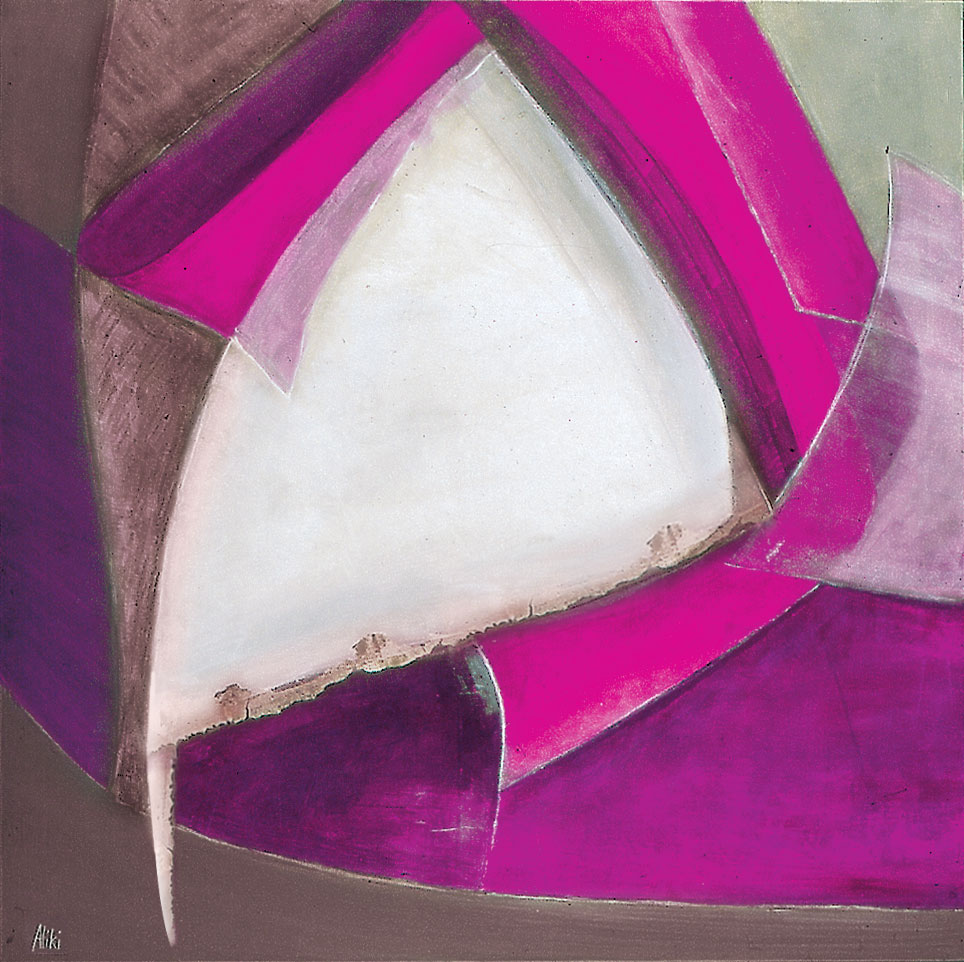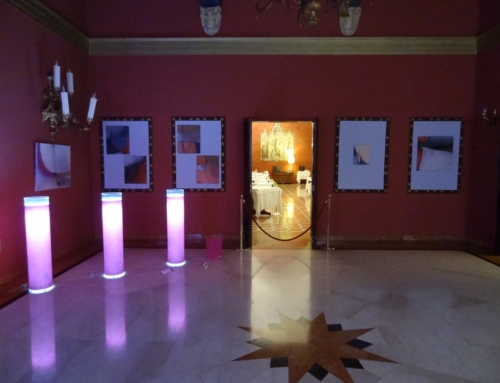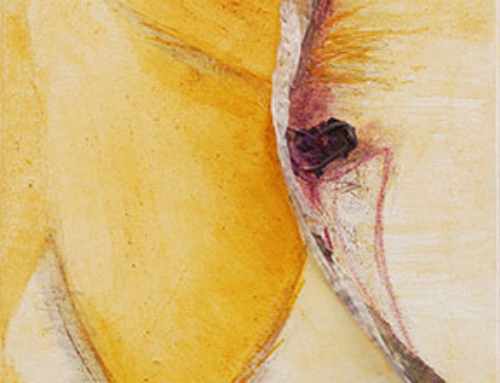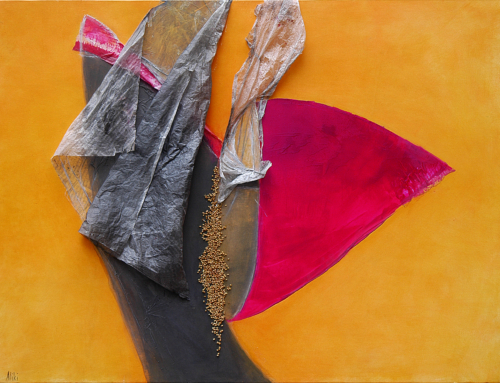Project Description
In Parinama things flee and change, but colour redeems them from their evanescence.
Geometry, in the representation of objects, harnesses the mutable, establishes an order that responds to a kind of pre-established harmony: an object takes shape and evidence from the work of set squares and compasses, where the lines meet and find peace in angles and curves. But it can happen that this order is upset by the play of colours, red-magenta, burgundy, grey, which “assail” the forms in their claim to perenniality, making them fragile, dull, evanescent and allude to objects immersed in ever new transformations.
The shape generated by the colour is rounded, alluding to a boat, a hammock, a casket, retaining the vigour of magenta red, the vitality of movement. There is no conflict between the two, form and colour, nor prevarication, one owes its existence to the other in the genre of perceptions, contacts, fusions, up to simulating an encounter and an amorous detachment as in “m’approche ” and in “Je m’éloigne”, where the rosy roundness becomes the emblem of the eternal illusion of love.
And here again is the colour that curves, becomes a billow, a luminous wave that envelops the artist in its embrace, delivering us to the adventures of metamorphosis. Beyond awareness, the game responds to the desire to blend in and dress up, colour becomes a cradle, an offer of tenderness, of warmth that gently “envelops”.
Aliki’s brush, free to move on the canvas, free from objectifying visions opens up to new promises: comforts in those forms, in their fragility that does not refer to the “momento mori” since their functionality has not yet come to light . Permanence in time and identity in space will be sought in them in vain: no Thrace, no memory will be found.
Yet they exist through the physicality of colour, they live in the game of correspondences: like in a poem by Rimbaud, the paintings allow a refined sensorium to perceive tactile sensations with the eye and to always listen with the eyes to the echo of worlds and forms not yet born.
Paola Arnaldi, Verona 2002



